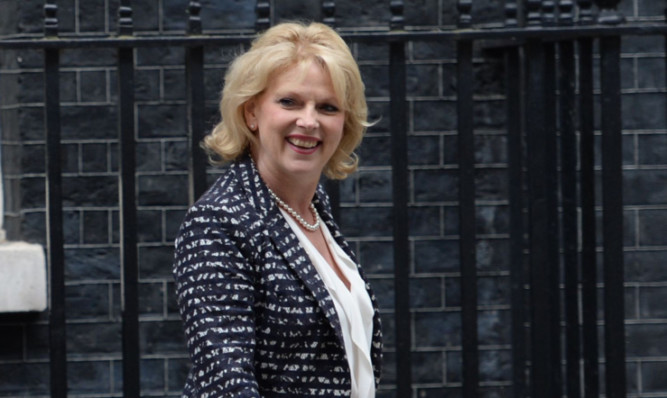The combined Nationalist “charm” offensive in London seems to have achieved what it set out to do. First, Nicola Sturgeon descended on the capital last week, bewildering the locals with her insistence that the SNP would be good for them.
A large presence of her party’s MPs at Westminster, she told English voters, would help bring about positive change. Earlier this week, she said those south of the border had “nothing to fear” if her separatists asserted themselves after May 7.
Of course, the electorate outside Scotland know the opposite to be true, and Ms Sturgeon knows that they know. Even Nationalists at their most deluded can see that there is no advantage for the rest of the UK in a government influenced by people against the very existence of the UK.
And talking of the most deluded, Ms Sturgeon’s predecessor, Alex Salmond, was hawking his wares around the London television studios over the weekend with his version of the “Nats are coming”.
Unlike Ms Sturgeon, his tactic was to be overtly provocative. He warned of holding the Labour Party to ransom, in the event of Ed Miliband trying to form a minority administration. He enraged politicians and voters of most persuasions with his arrogance, the kingmaker in waiting who would scrap national defences, relocate the high speed rail line to Scotland, and bankrupt Britain with his daft spending plans. The reaction to this wind-up on Sunday’s Andrew Marr show was immediate and predictable. The Tory MP Anna Soubry, also in the studio, found his plans to break up Britain by the back door “absolutely terrifying” she said.
Bingo! No wonder Mr Salmond looked smugger by the minute. His and Ms Sturgeon’s pincer attack on the English electorate has created a scenario of sheer horror and, if they keep it up, David Cameron will be safely returned to Downing Street.
No English voter in their right mind wants to see a weak Miliband abetted by Scottish extremists destroy the country and nor do the Nationalists. A polarising Conservative prime minister would suit their independence agenda much better.
But if that is how the SNP’s ploy plays out in England, what is happening with the electorate here? The latest polls give the separatists a 17-point lead over Labour and suggest they will make impressive gains on their current six Westminster seats.
As the party gathers for its conference in Glasgow on Saturday, there will no doubt be an air of triumphalism, with membership at more than 100,000 and the losers of the Yes campaign re-energised for round two.
Although the majority of Scots are likely to vote against the SNP, as they did back in September, their votes will be split at least three ways, and won’t be enough to stop the SNP surge.
Only by putting their partisan differences aside, and organising themselves into a pro-Union protest group, do they have a hope in holding off the Nationalist threat.
Malcolm Bruce, the departing MP for Gordon, thinks this is what will happen in his seat, which Salmond is contesting. Some 24% of voters in the constituency are apparently undecided and Sir Malcolm said internal polling showed that Labour and Tory voters are switching to the Lib Dems.
This kind of tactical voting is going to decide the election in Scotland. Unionists need to treat the ballot as a re-run of the independence referendum, even if the idea appals them.
Mr Miliband, in Clydebank on Monday, hung on to the notion that he could secure a majority in May and urged Scots to vote Labour. But he fails to grasp the political realities here. Perhaps he should be forced to attend incognito for his own protection the Nationalist jamboree at the weekend.
There he will see people, many of them ordinary voters, for whom the arguments about health care, or education, or the nation’s finances have become meaningless. Even when told that their party leaders overestimated the value of oil revenues by billions, they appear unfazed, Scotland’s ruin being a small price to pay for secession.
To halt this juggernaut, Unionists need to unite once more. If the Yes campaign has re-formed in all but name, so too must Better Together.
